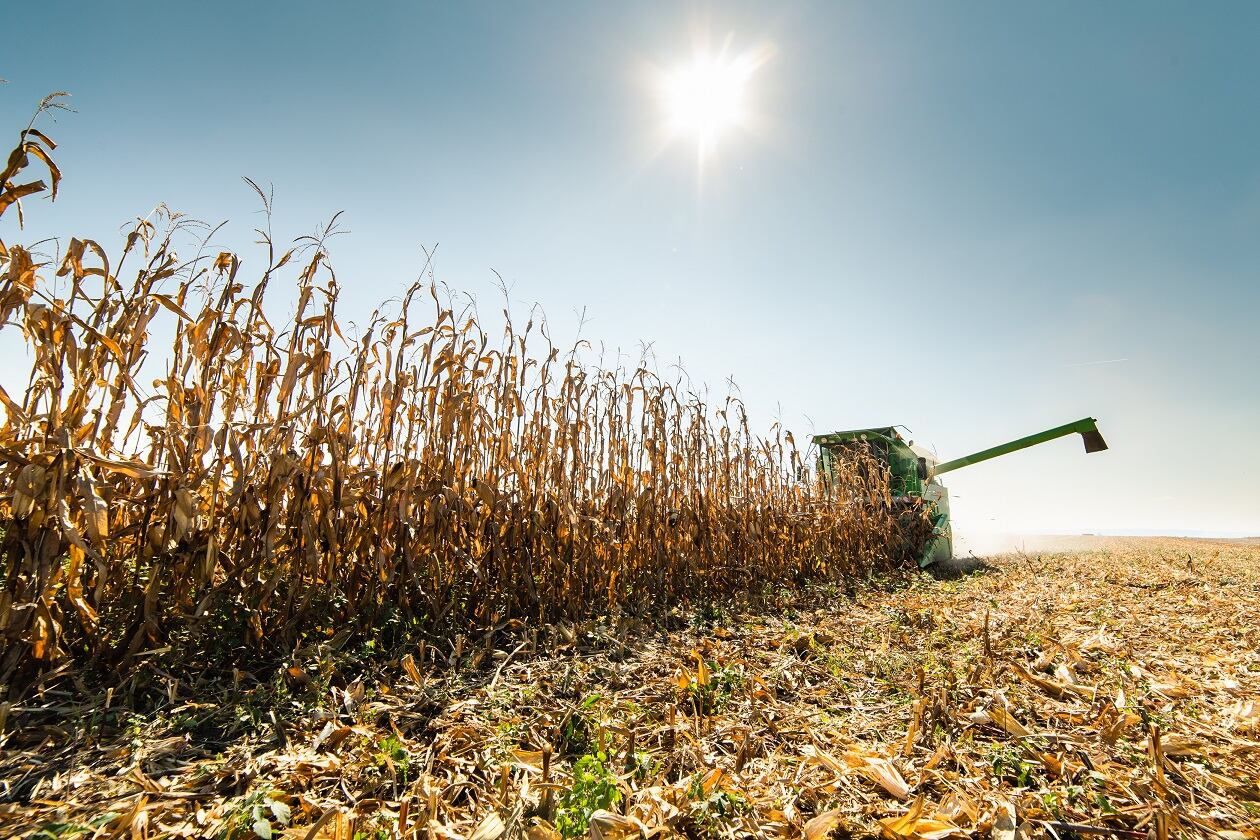Kerry Foods: coated products research
Kerry Foods claims chicken is the most commonly consumed coated foodservice product. Three fifths of those who eat coated foods out-of-home eat it, according to a survey it conducted of 2,000 such consumers across six European markets, including the UK. Chicken nuggets are the most popular form of coated chicken, followed by burgers and chicken tenders.
Beyond that, popcorn chicken was a popular UK choice, with with more than two fifths of UK consumers surveyed preferring it. Chicken escalopes featured more strongly in France and Germany, with half of consumers in both countries preferring this dish. Half of consumers from the UK, France and Spain expressed a liking for chicken burgers.
The results suggested a move towards plant-based coatings. Four fifths of respondents said they ate plant-based meat alternatives monthly or more often and one fifth said they ate plant-based options more often out-of-home than a year ago.
Texture was cited as an area with room for improvement by 45% of consumers surveyed, who expressed a desire for crunchier and crispier coatings. While there was still a strong appetite for familiar flavours such as garlic and herb, barbecue, hot and spicy and southern fried, there was emerging interest in lemon and pepper and Mexican and Indian-inspired tastes.
Arla Foods Ingredients: healthier protein bars

Arla Foods Ingredients has launched a new concept to help manufacturers create protein bars that offer healthier indulgence without compromising on functionality. The company cited Euromonitor International figures suggesting the value of the protein bar category would grow at a compound annual growth rate of 6% between 2021 and 2025, driven by demand for tasty snacks to quell carb-cravings. However, more than half of consumers found it hard to find indulgent snacks they believed were healthy (HealthFocus International: Global Trend Study, 2020).
Arla Foods Ingredients’ latest solution combines Lacprodan SoftBar – a dairy and whey protein ingredient that allows bars to reach up to 37% protein content as well as delivering a soft texture – with creamy peanut butter. The result delivered an indulgent eating experience that allowed claims such as 'high protein' and 'high in fibre'. The ingredient worked well in maltitol-free bars and had shelf-life stability tests, the company said.
"Nutritional value, protein content in particular, is more important than ever, but products that don’t deliver an enjoyable consumer experience won’t be purchased a second time," said Joe Katterfield, Arla Foods Ingredients sales development manager, health & performance nutrition. "Peanut butter is a great choice because of its flavour and texture profile and when manufacturers pair it with Lacprodan SoftBar they can create indulgent bars without sacrificing functionality.”
The new concept could be used by manufacturers as it is or as a basis for recipes with different flavour combinations or nut butter varieties, the business claimed. It was developed at the Arla Foods Ingredients Application & Technology Science Centre, the facilities of which now include a protein bar pilot production line.
Planteneers targets hybrid meat/plant products with new stabilisers
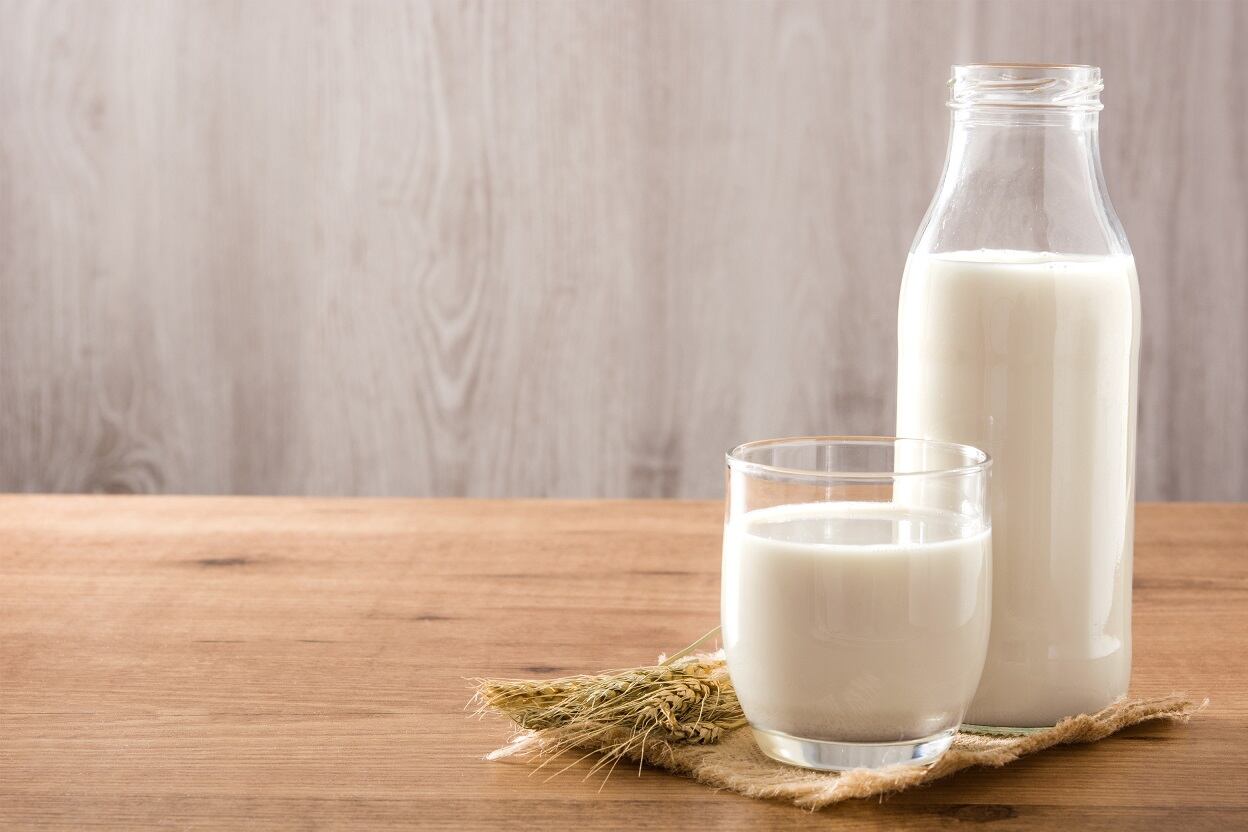
Planteneers has developed stabilising systems with a plant component designed to make it easy for meat producers and dairies to cut the animal ingredients in the final products by half, aimed at flexitarians. Whether for ready meals with burger patties and nuggets or fresh products like bratwursts and ground meat, with plant-based fiildMeat+ compounds, producers could make a variety of meat preparations, the company claimed.
Depending on the recipe, protein-rich legumes like lentils or chickpeas are used, along with vegetables with the right flavour profiles. Product manager Florian Bark said: “Wherever possible we avoid ingredients with E-numbers in our stabilisers, likewise flavourings and flavour enhancers." The components for flavour and colour are kept separate, as usual, to give manufacturers wide scope for adjustment. The stabilising systems consist of proteins and other plant-based components. Products can be handled with standard processing machinery.
Planteneers's fiildDairy+ range could also be used to create a 50/50 cow’s milk/plant-based blend. Product manager Katharina Schäfer said: “In the development of our fiildDairy+ range we paid special attention to getting the original flavour of the milk products. The final products can naturally be enriched with proteins, vitamins or minerals.”
Commodities Snapshot, Courtesy of Mintec
Maize, Euronext
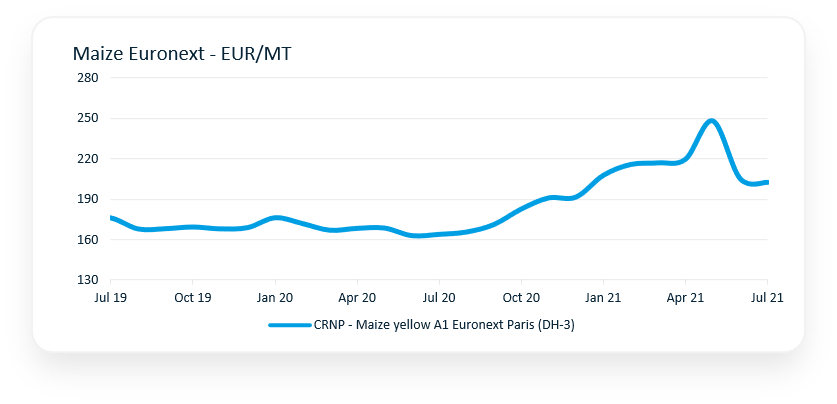
The average price of Euronext maize fell by 1.3% month-on-month to €202.4/metric tonne (MT) in July, driven by lower US maize prices on the back of improving weather conditions in the Midwest. The price drop was further reinforced by higher production anticipated for EU 2021/22 maize production. However, the July average price was 23.5% higher year-on-year, mirroring the bullish global market following tight supplies in 2020/21 and weather concerns during the first half of 2021 across major producing countries.
Wheat, Chicago Board of Trade (CBOT)
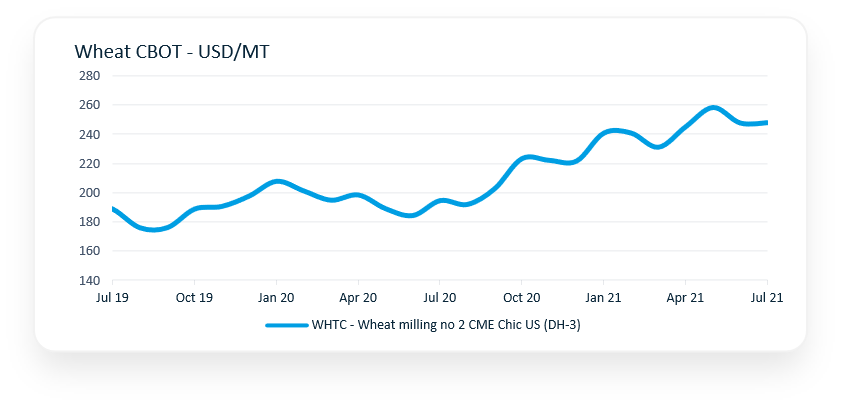
The CBOT wheat July average price was stable compared to June at $248/MT, as favourable weather in the first half of the month weighed on prices. However, prices bounced back in the second half following a downward revision to global production estimates and ending stocks by the US Department of Agriculture. The July average price remained 27.4% higher year-on-year due to substantial purchases from China and weather concerns during the first half of 2021.
Wheat, Euronext
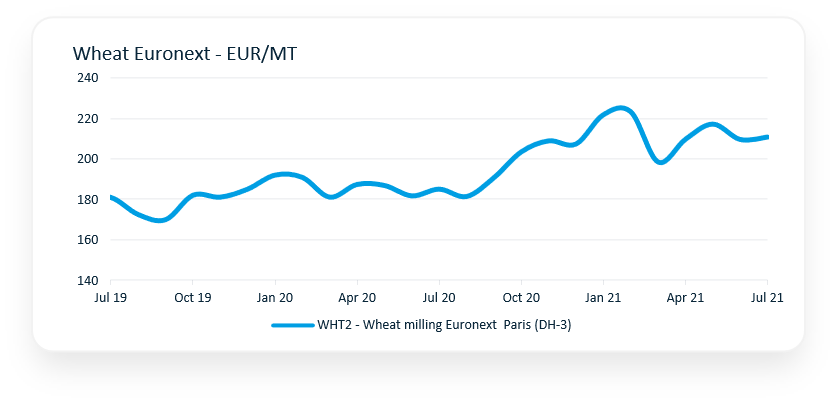
The July average price of Euronext wheat rose marginally by 0.6% month-on-month and increased by 13.8% higher year-on-year to €210.7/MT. Prices were pressurised through most of the month due to wheat harvest prospects improving around the Black Sea region and the EU. Nonetheless, the average price was higher month-on-month due to some sales reported to African destinations. Also, the outlook for global milling wheat production is uncertain, given the unfavourable weather conditions across many producing countries, which has supported prices higher on a year-on-year basis.
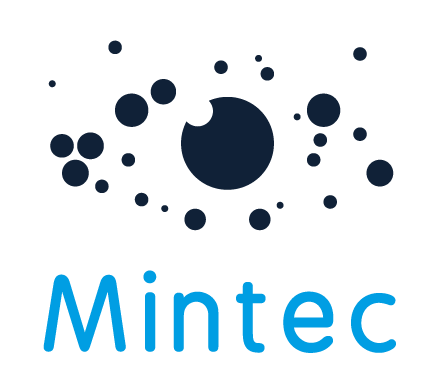
All data is kindly provided by market analyst Mintec.

